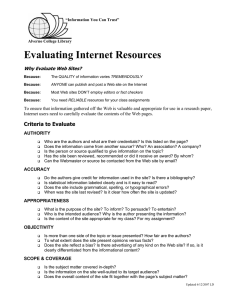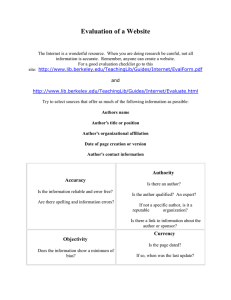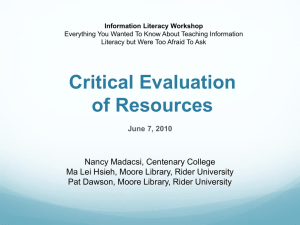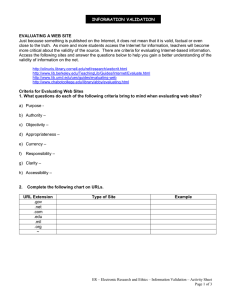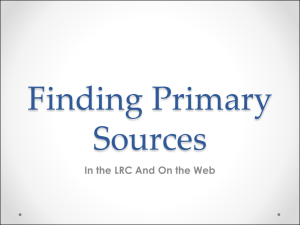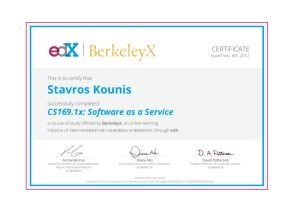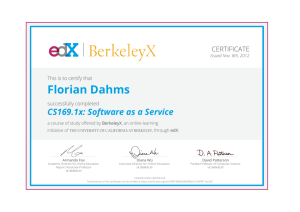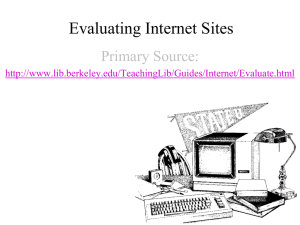Library Research and the First-Year Seminar
advertisement
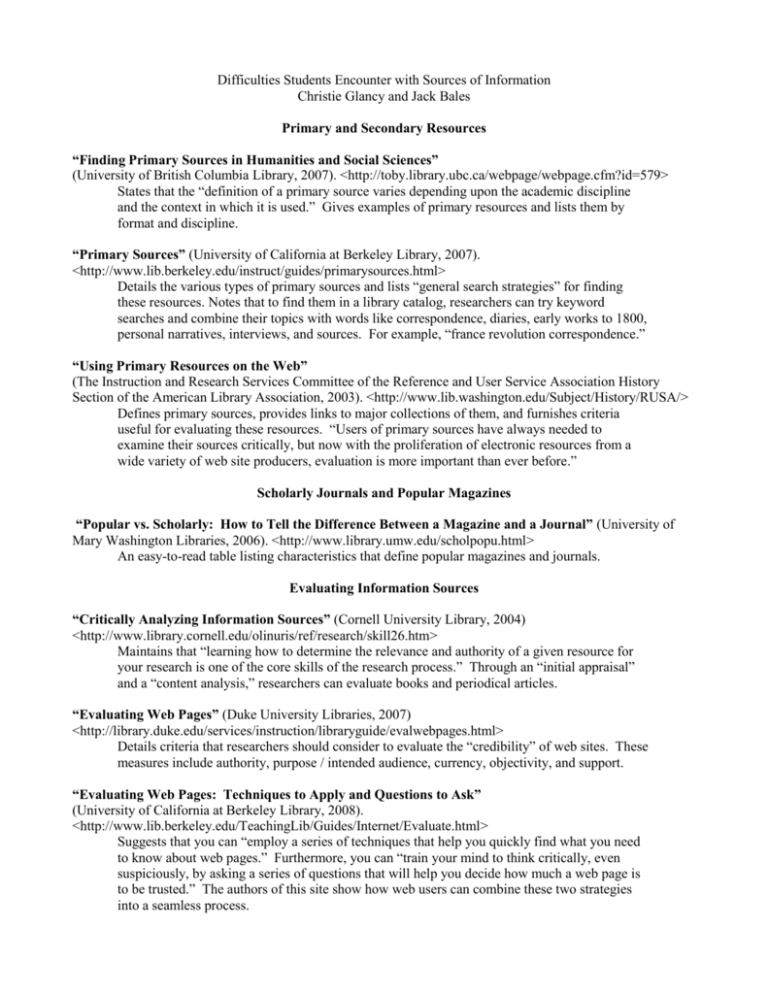
Difficulties Students Encounter with Sources of Information Christie Glancy and Jack Bales Primary and Secondary Resources “Finding Primary Sources in Humanities and Social Sciences” (University of British Columbia Library, 2007). <http://toby.library.ubc.ca/webpage/webpage.cfm?id=579> States that the “definition of a primary source varies depending upon the academic discipline and the context in which it is used.” Gives examples of primary resources and lists them by format and discipline. “Primary Sources” (University of California at Berkeley Library, 2007). <http://www.lib.berkeley.edu/instruct/guides/primarysources.html> Details the various types of primary sources and lists “general search strategies” for finding these resources. Notes that to find them in a library catalog, researchers can try keyword searches and combine their topics with words like correspondence, diaries, early works to 1800, personal narratives, interviews, and sources. For example, “france revolution correspondence.” “Using Primary Resources on the Web” (The Instruction and Research Services Committee of the Reference and User Service Association History Section of the American Library Association, 2003). <http://www.lib.washington.edu/Subject/History/RUSA/> Defines primary sources, provides links to major collections of them, and furnishes criteria useful for evaluating these resources. “Users of primary sources have always needed to examine their sources critically, but now with the proliferation of electronic resources from a wide variety of web site producers, evaluation is more important than ever before.” Scholarly Journals and Popular Magazines “Popular vs. Scholarly: How to Tell the Difference Between a Magazine and a Journal” (University of Mary Washington Libraries, 2006). <http://www.library.umw.edu/scholpopu.html> An easy-to-read table listing characteristics that define popular magazines and journals. Evaluating Information Sources “Critically Analyzing Information Sources” (Cornell University Library, 2004) <http://www.library.cornell.edu/olinuris/ref/research/skill26.htm> Maintains that “learning how to determine the relevance and authority of a given resource for your research is one of the core skills of the research process.” Through an “initial appraisal” and a “content analysis,” researchers can evaluate books and periodical articles. “Evaluating Web Pages” (Duke University Libraries, 2007) <http://library.duke.edu/services/instruction/libraryguide/evalwebpages.html> Details criteria that researchers should consider to evaluate the “credibility” of web sites. These measures include authority, purpose / intended audience, currency, objectivity, and support. “Evaluating Web Pages: Techniques to Apply and Questions to Ask” (University of California at Berkeley Library, 2008). <http://www.lib.berkeley.edu/TeachingLib/Guides/Internet/Evaluate.html> Suggests that you can “employ a series of techniques that help you quickly find what you need to know about web pages.” Furthermore, you can “train your mind to think critically, even suspiciously, by asking a series of questions that will help you decide how much a web page is to be trusted.” The authors of this site show how web users can combine these two strategies into a seamless process.
